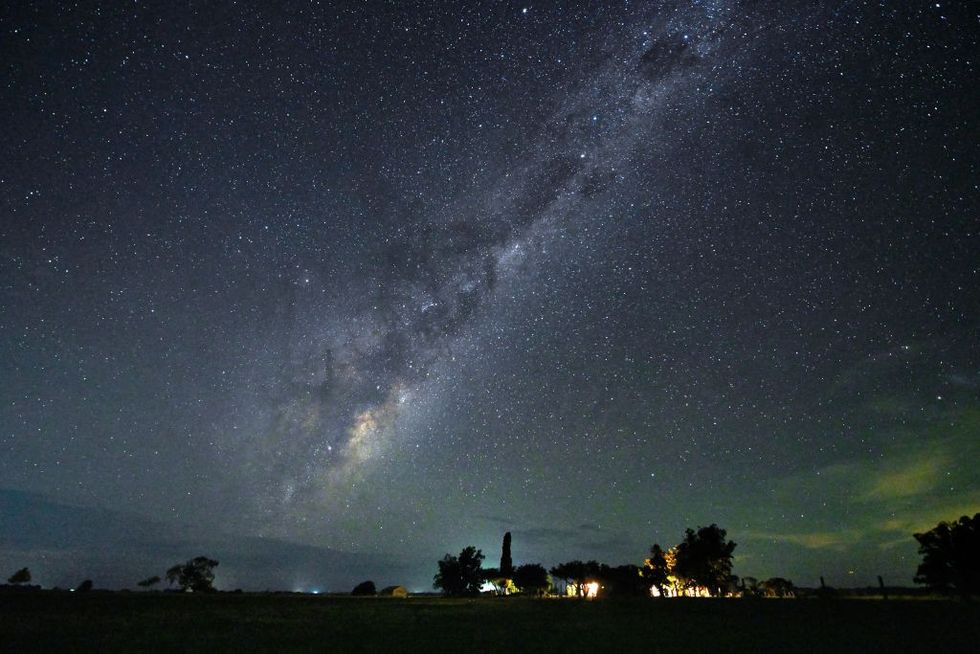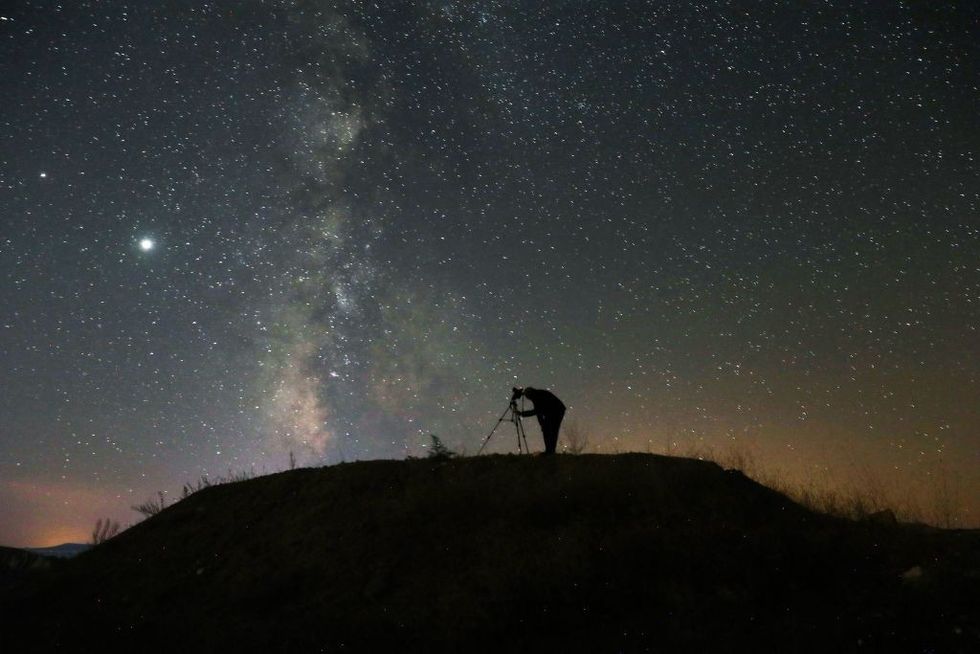Space breakthrough as Milky Way could have more satellite galaxies than scientists previously thought

So-called 'orphan' galaxies have puzzled scientists for years
Don't Miss
Most Read
Scientists have discovered that our galaxy may be surrounded by far more companion galaxies than previously detected.
New research has suggested 80 to 100 additional satellites could be orbiting the Milky Way.
Researchers at Durham University employed an innovative approach that combines the most advanced supercomputer simulations available with sophisticated mathematical modelling to identify these elusive "orphan" galaxies.
The breakthrough findings indicate these missing satellites exist at close distances to our home galaxy but have remained undetected due to their extremely faint nature.

The existence of 'orphan' galaxies has puzzled astronomers for decades
|GETTY
The discovery, being presented at the Royal Astronomical Society's National Astronomy Meeting at Durham University, could provide crucial evidence supporting fundamental theories about the Universe's structure.
The Durham-led research utilises the Lambda Cold Dark Matter model, which proposes that ordinary matter comprises just five per cent of the Universe, with 25 per cent being cold dark matter and 70 per cent dark energy.
The team's technique addresses a long-standing puzzle in cosmology: why fewer companion galaxies have been observed than theoretical models predict should exist.
Their analysis reveals these missing satellites are "orphan" galaxies that have been stripped of nearly all their parent dark matter halos by the gravitational pull of the Milky Way.
LATEST DEVELOPMENTS:

The research could solve a long-standing mystery in cosmology:
|GETTY
These extremely faint objects typically disappear in standard simulations, but the researchers believe they persist in reality, explaining the discrepancy between theory and observation.
Dr Isabel Santos-Santos, lead researcher at Durham University's Institute for Computational Cosmology, said: "We know the Milky Way has some 60 confirmed companion satellite galaxies, but we think there should be dozens more of these faint galaxies orbiting around the Milky Way at close distances."
She added: "If our predictions are right, it adds more weight to the Lambda Cold Dark Matter theory of the formation and evolution of structure in the Universe."
The Lambda Cold Dark Matter theory serves as the foundation of modern cosmology and represents the most widely accepted model for explaining how the Universe evolved and formed its large-scale structure.
Dr Santos-Santos noted that observational astronomers are already using the team's predictions as a benchmark against which to compare new data.
Professor Carlos Frenk from Durham's Institute for Computational Cosmology emphasised the discovery's significance: "If the population of very faint satellites that we are predicting is discovered with new data, it would be a remarkable success of the LCDM theory of galaxy formation."
He added: "It would also provide a clear illustration of the power of physics and mathematics.
"Using the laws of physics, solved using a large supercomputer, and mathematical modelling, we can make precise predictions that astronomers, equipped with new, powerful telescopes, can test. It doesn't get much better than this."
The researchers anticipate that advanced instruments like the Rubin Observatory LSST camera could soon detect these elusive galaxies for the first time.










